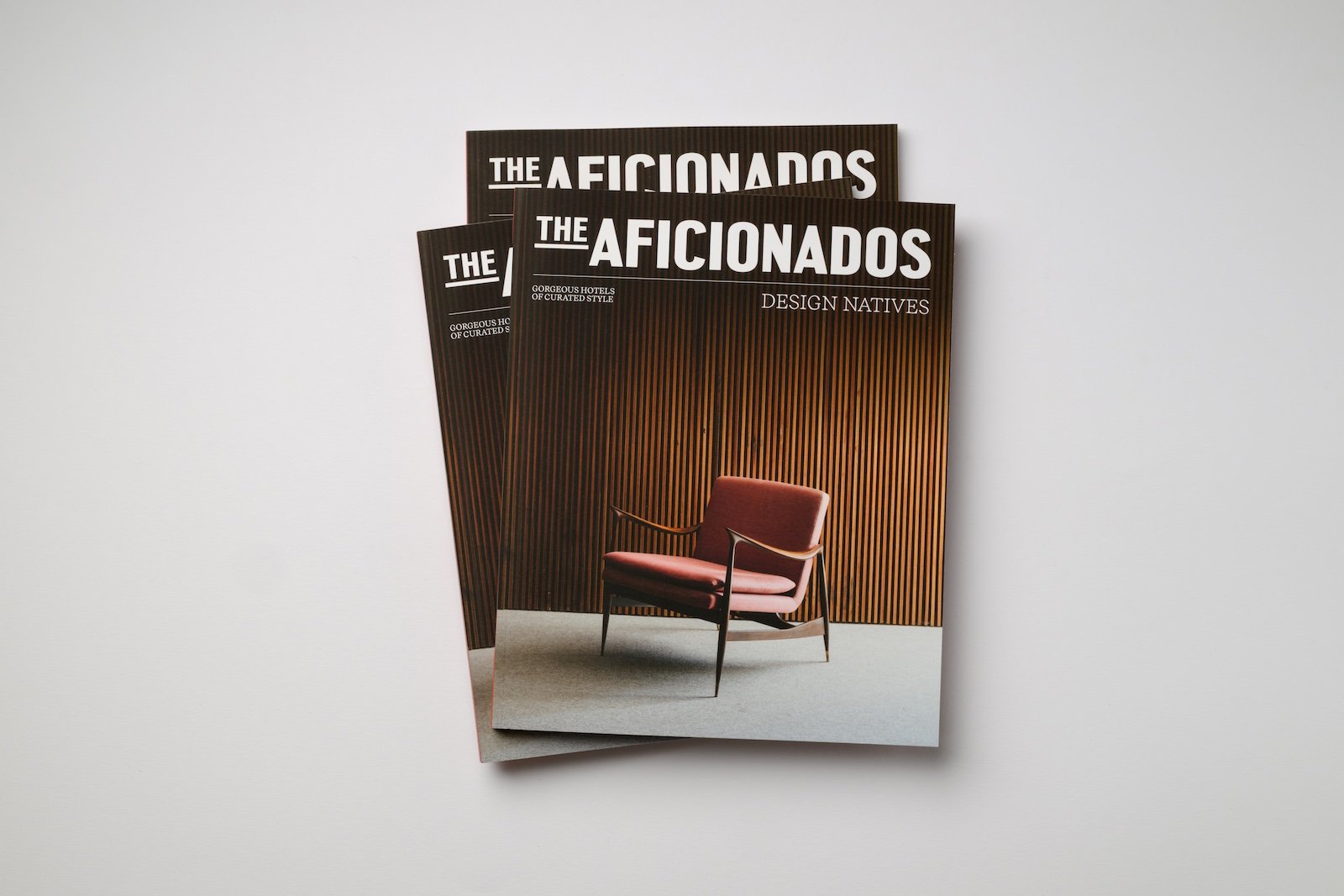 Image 1 of 9
Image 1 of 9

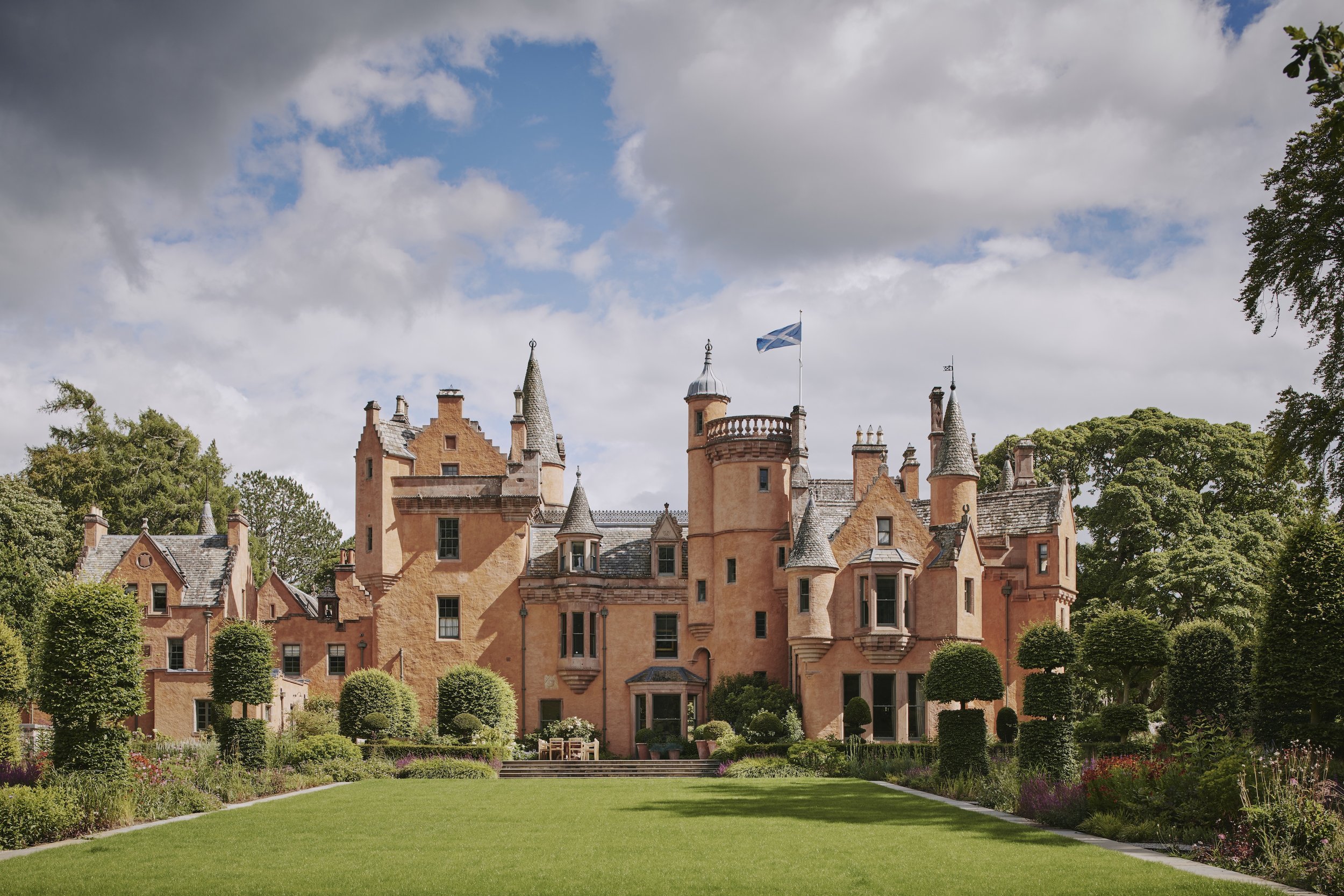 Image 2 of 9
Image 2 of 9

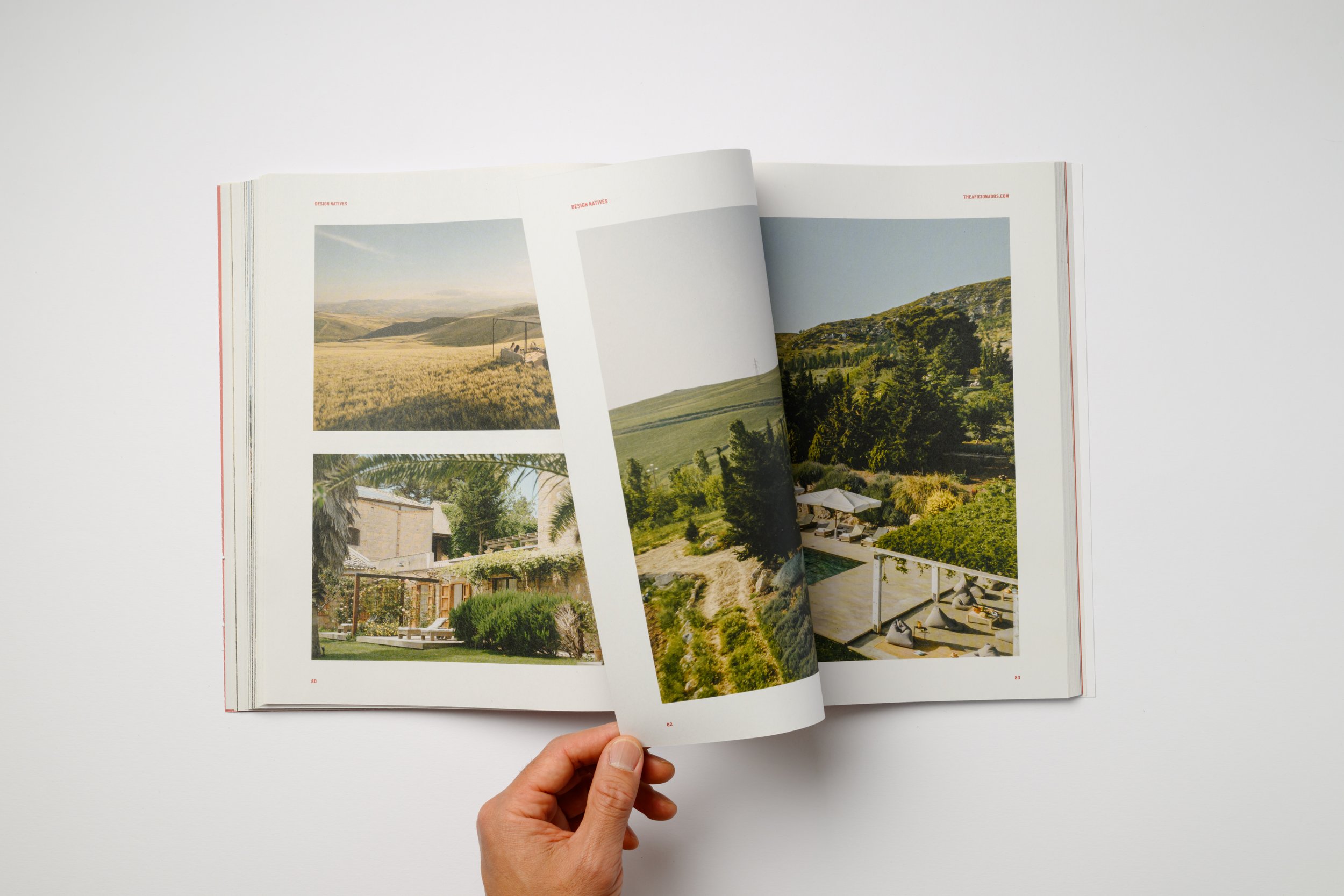 Image 3 of 9
Image 3 of 9

 Image 4 of 9
Image 4 of 9

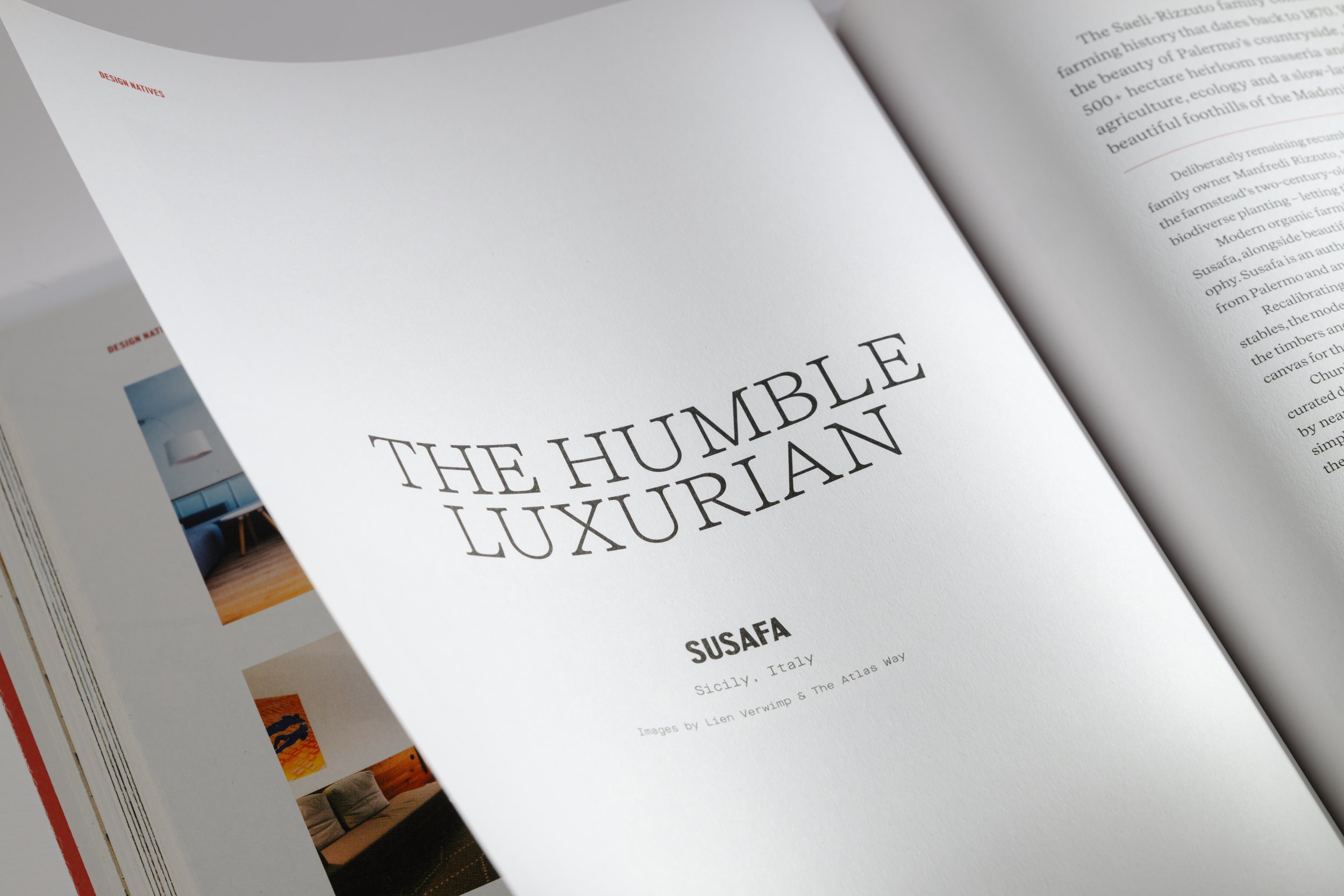 Image 5 of 9
Image 5 of 9

 Image 6 of 9
Image 6 of 9

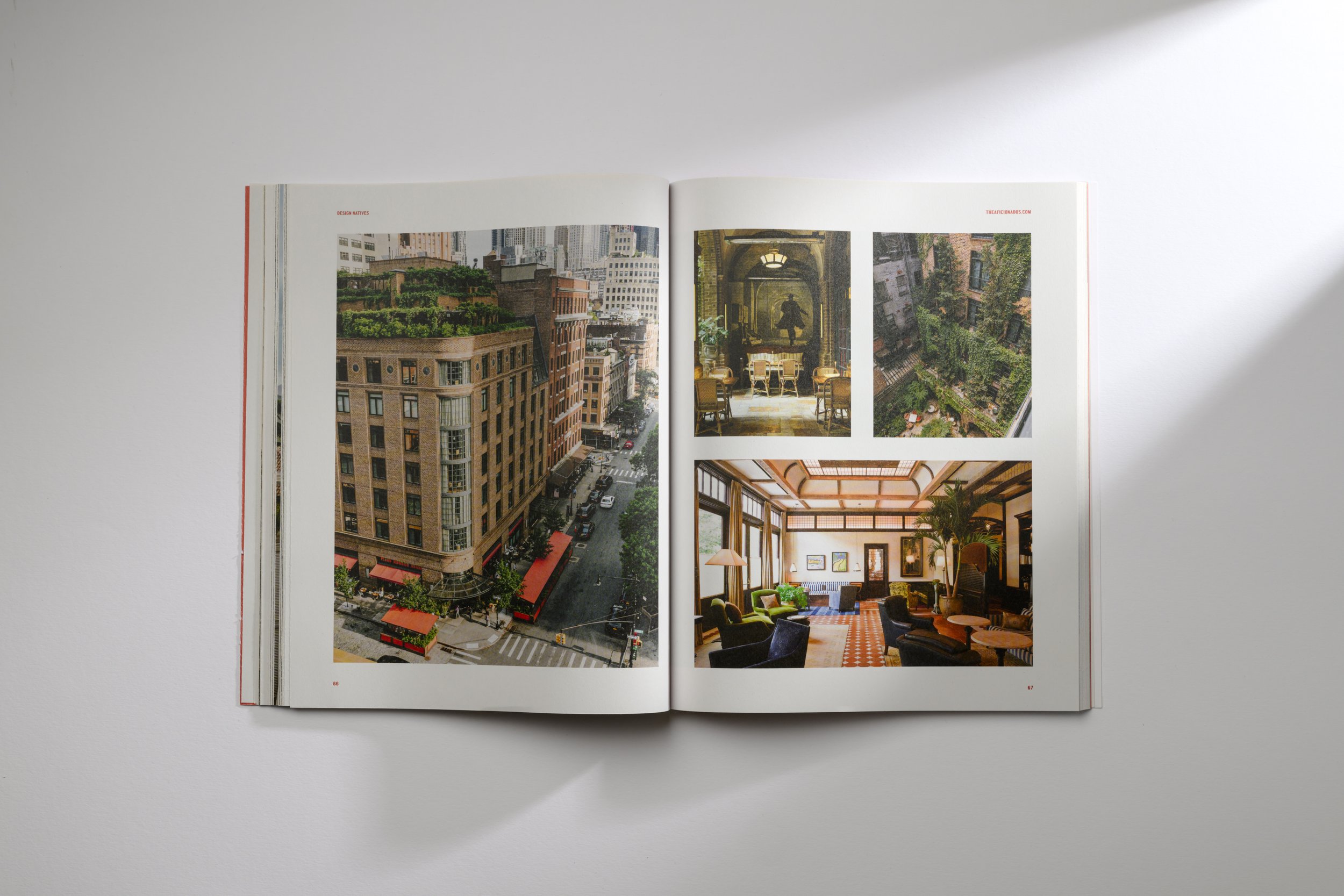 Image 7 of 9
Image 7 of 9

 Image 8 of 9
Image 8 of 9

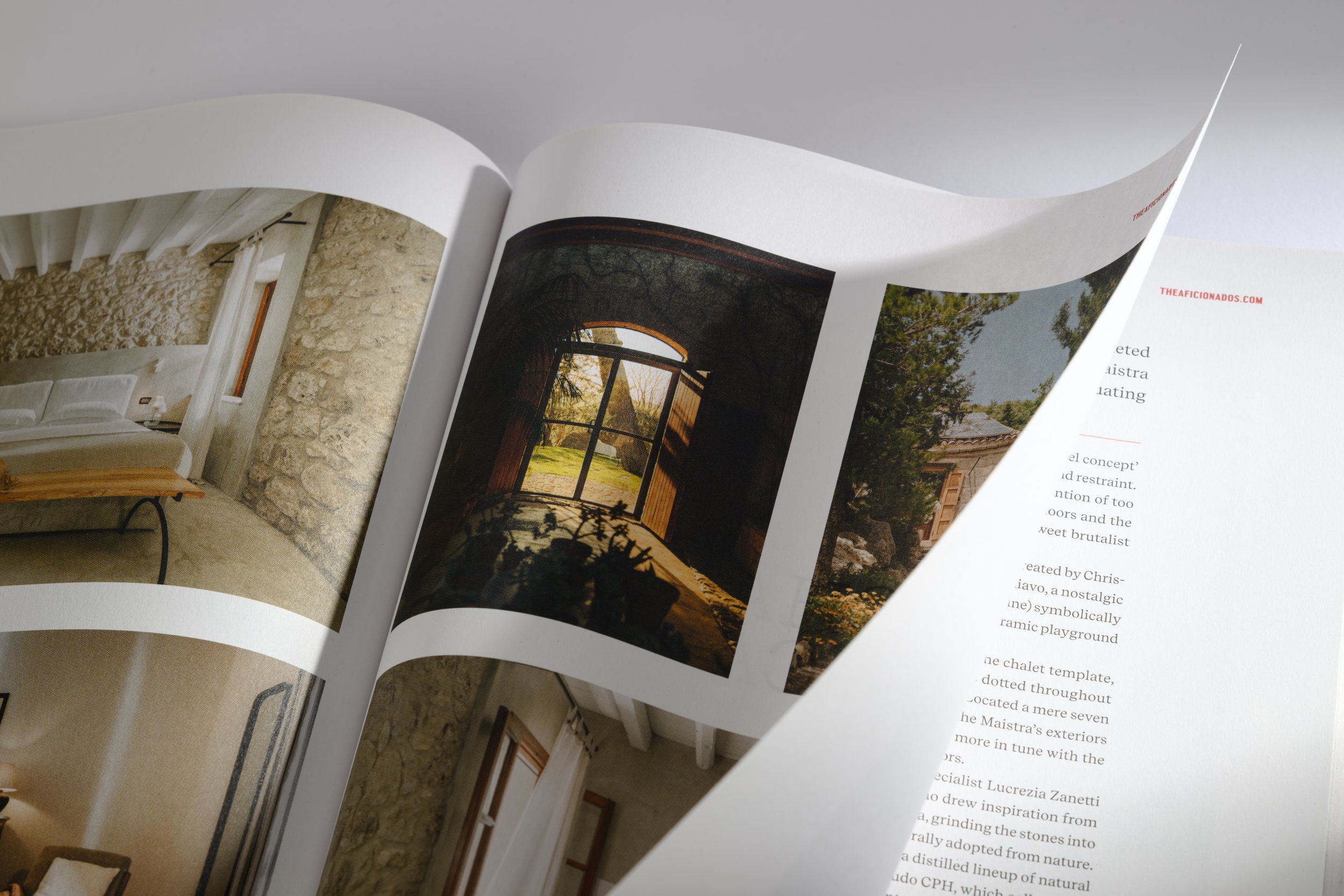 Image 9 of 9
Image 9 of 9










Design Natives
Architecture is a statement. Before you step inside, a building has already spoken – through its façade, materiality, defiance or embrace of heritage. From the charred elegance of the Japanese technique of shou sugi ban that wandered to the Alps of South Tyrol and the iron-rich bricks that shaped New York’s industrial skyline, every structure carries a legacy of climate, craftsmanship and culture. Design Natives explores this deep-rooted dialogue – how architecture borrows, adapts and reinvents local materials to shape the soul of spaces. These are not just hotels, guest-houses and private retreats; they are physical manifestos of design deeply embedded in their environments.
Great architecture doesn’t simply respect its surroundings – it intensifies them. A reimagined vineyard hotel in Portugal’s Alentejo borrows from agrarian tradi-tions, featuring clusters of villas and terraced houses reminiscent of simple farm abodes known asmontes. Alpine chalets evolve – no longer mere rustic retreats but refined statements of engineered timber, glass and bold modernity. They belong, yet they challenge. These structures don’t only inherit the past – they reshape it.
Architecture is a statement. Before you step inside, a building has already spoken – through its façade, materiality, defiance or embrace of heritage. From the charred elegance of the Japanese technique of shou sugi ban that wandered to the Alps of South Tyrol and the iron-rich bricks that shaped New York’s industrial skyline, every structure carries a legacy of climate, craftsmanship and culture. Design Natives explores this deep-rooted dialogue – how architecture borrows, adapts and reinvents local materials to shape the soul of spaces. These are not just hotels, guest-houses and private retreats; they are physical manifestos of design deeply embedded in their environments.
Great architecture doesn’t simply respect its surroundings – it intensifies them. A reimagined vineyard hotel in Portugal’s Alentejo borrows from agrarian tradi-tions, featuring clusters of villas and terraced houses reminiscent of simple farm abodes known asmontes. Alpine chalets evolve – no longer mere rustic retreats but refined statements of engineered timber, glass and bold modernity. They belong, yet they challenge. These structures don’t only inherit the past – they reshape it.
